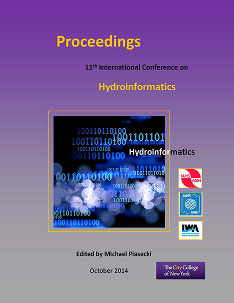Document Type
Presentation
Publication Date
8-1-2014
Abstract
How climate change impacts water resources in the future is an important question that all hydrologists want to have an answer. Climate prediction scenarios are available from many Global Circulation Models for the 21st century. These prediction datasets are typically used as input to a hydrological model for simulating impacts on hydrology, particularly river runoff, evaporation, and storage changes. Because hydrological models are usually run on a much smaller resolutions than climate models, the climate prediction datasets are usually downscaled to represent local climate for using in a hydrological model. The uncertainty in the GCMs, downscaling and hydrological models makes the process complicated and heavily restricts our ability to make predictions of hydrological impacts. This becomes more challenging in a mountainous catchment where the availability of hydro-climatic data are limited. We illustrated some of these issues and their impacts on hydrological simulations using two catchments from the Himalayan region: the Koshi River (~58,000 km2), Nepal, and the source region of the Yellow River (~120,000 km2), China. Climate predictions used are from a number of GCMs participated in the Coupled Model Intercomparison Project (CMIP3). In both examples we used process-based distributed hydrological models: the Soil and Water Assessement Tool (SWAT) for the Koshi and WaSiM for the Yellow River.



Comments
Session R67, Hydro-Climatological Data and Uncertainty